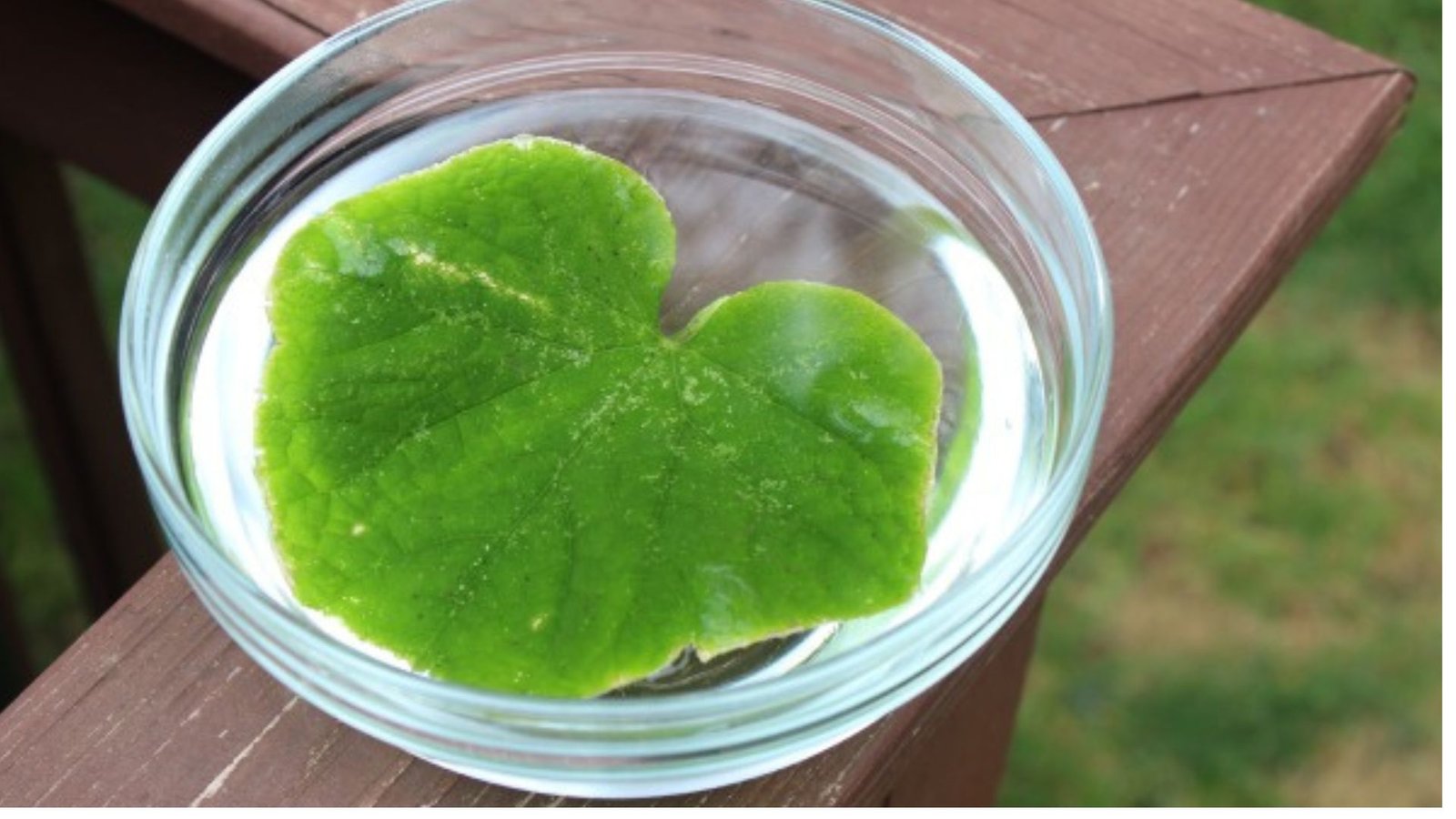Photosynthesis is a fascinating process that plants use to make their own food. It’s the way plants take sunlight, carbon dioxide, and water and turn them into food energy. But how exactly does it work? In this article, we’ll explain photosynthesis in simple terms and provide easy, hands-on experiments for kids to explore and understand the process better.

What is Photosynthesis?
Photosynthesis is the process by which plants create food. Plants take in carbon dioxide (from the air) through their leaves, absorb water through their roots, and use sunlight to turn them into glucose (a type of sugar) and oxygen. Glucose is the food the plant uses to grow, while oxygen is released into the air, which we breathe!
In simple terms, photosynthesis is the plant’s way of making its own food, and it’s crucial for life on Earth. Without photosynthesis, plants wouldn’t grow, and we wouldn’t have oxygen to breathe.
Key Ingredients for Photosynthesis:
- Sunlight: Plants use sunlight to power the process.
- Water: Absorbed by the roots and carried to the leaves.
- Carbon Dioxide: Taken from the air through tiny holes in the leaves called stomata.
- Chlorophyll: The green pigment in leaves that absorbs sunlight.
Simple Photosynthesis Experiments for Kids
Here are some fun and easy experiments that kids can do at home to see how photosynthesis works:
Experiment: The Leaf Test for Starch
Objective: This experiment shows that plants use sunlight to make food (glucose), which is stored as starch.
Materials Needed:
- A small plant with green leaves
- A pot of boiling water
- A beaker or bowl of cold water
- Iodine solution (you can get iodine from a pharmacy or science kit)
- Tongs
Steps:
- Prepare the Leaf: Pick a small leaf from a plant that has been exposed to sunlight for several hours. This will ensure the leaf has undergone photosynthesis.
- Boil the Leaf: Place the leaf in a pot of boiling water for 3-5 minutes to soften it.
- Soak the Leaf: After boiling, remove the leaf using tongs and place it in a beaker of cold water to cool down.
- Apply Iodine: Once the leaf is cool, place it on a plate and pour a small amount of iodine solution on it. The iodine will turn blue-black where starch is present.
- Observe the Results: If the leaf has been exposed to sunlight, it will show blue-black areas where starch has formed. This means the plant used sunlight to make food.
Conclusion: This experiment demonstrates that sunlight helps plants make food, and the food is stored as starch in the leaves.
Experiment: How Leaves Absorb Carbon Dioxide
Objective: This experiment shows how leaves absorb carbon dioxide for photosynthesis.
Materials Needed:
- A clear glass jar or container
- A plant leaf (small and healthy)
- Baking soda (sodium bicarbonate)
- Water
- Plastic wrap or a plastic bag
Steps:
- Prepare the Water: Fill a clear jar with water and add a small spoonful of baking soda to the water to increase the amount of carbon dioxide.
- Place the Leaf: Submerge a healthy leaf from a plant in the jar of water.
- Seal the Jar: Cover the jar with plastic wrap or place it inside a plastic bag to trap the air. Leave the jar in a sunny spot for a few hours.
- Observe: After some time, you should notice small bubbles forming on the surface of the leaf. These bubbles are oxygen, which the leaf is releasing as it undergoes photosynthesis.
Conclusion: The bubbles show that the leaf is absorbing carbon dioxide from the water and using sunlight to produce oxygen.
Conclusion
These simple experiments allow kids to observe and understand the process of photosynthesis firsthand. By engaging in these fun activities, children can learn how plants make food, how light and water are essential, and why photosynthesis is vital for life on Earth. Photosynthesis is not only essential for plants but also for the oxygen we breathe and the food we eat. So, the next time you look at a tree or a garden, you’ll have a better understanding of the amazing process happening right in front of you!










